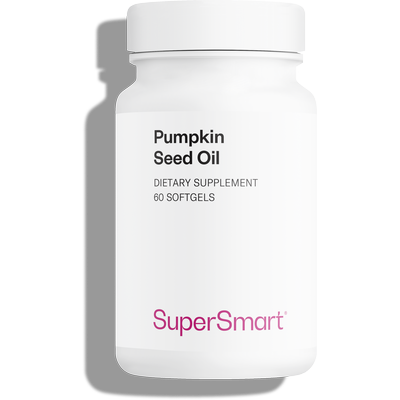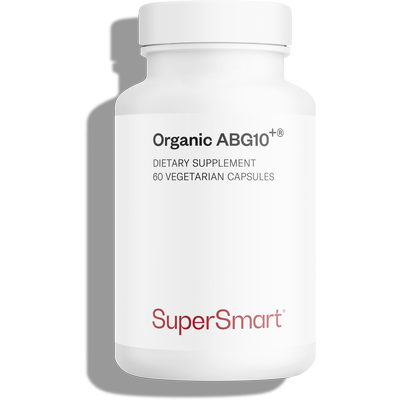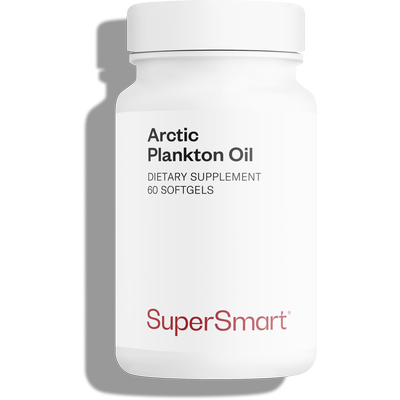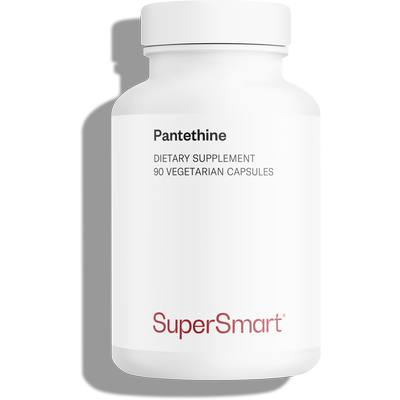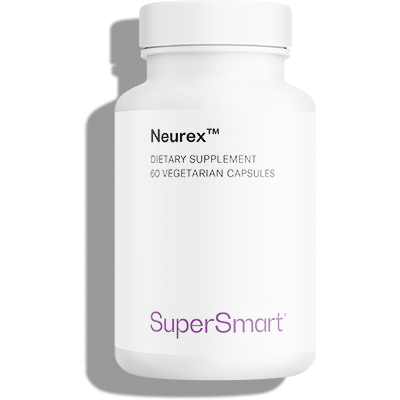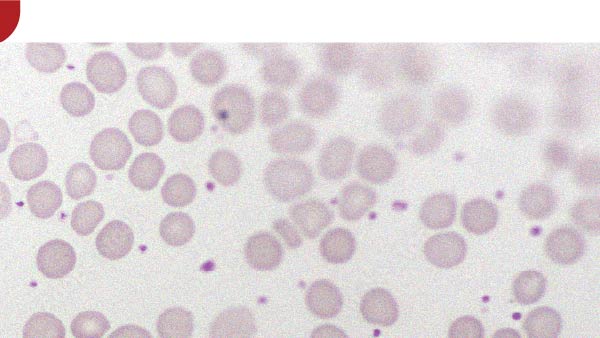Saturated fatty acids: good or bad for your health?
For 60 years, Western health authorities have recommended reducing our consumption of saturated fats. But what does current scientific research have to say about their actual effects on health?
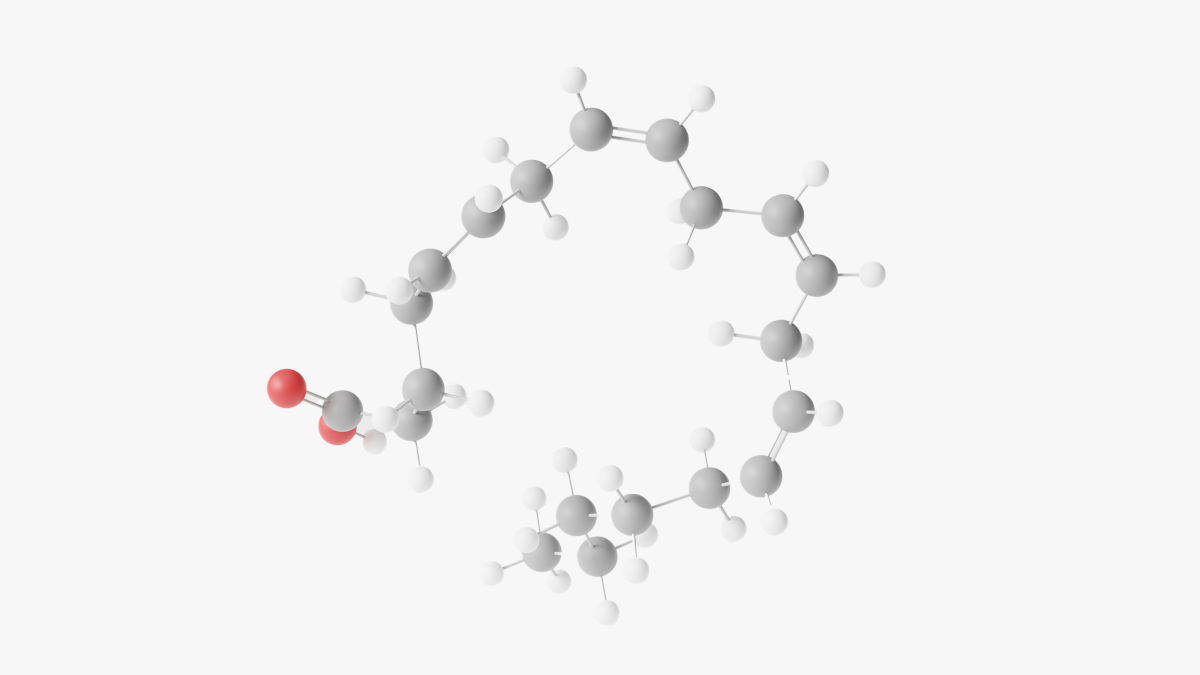
Saturated and unsaturated fatty acids: an overview of lipids
Saturated fatty acids: definition
Fatty acids are part of the family of lipids. They are formed from a chain of carbon atoms attached to hydrogen atoms, completed by a carboxylic acid group (-COOH).
In chemical terms, a fatty acid is referred to as saturated if it has the maximum number of hydrogen atoms attached to every carbon atom, in other words, if it is saturated with hydrogen atoms (1).
That’s what makes a saturated fatty acid different from an unsaturated one; the latter is not saturated in hydrogen because of the presence of carbon-carbon double bonds in its structure.
Fatty acids that only contain one carbon-carbon double bond are known as monounsaturated; those containing several are polyunsaturated.
Which foods contain saturated fatty acids?
Though not considered essential because the body can synthesise them, saturated fatty acids are nevertheless necessary for health and are found in their natural state in a wide range of foods (2).
They are present at low levels, for example, in sunflower and olive oils (around 10%-13%), and make up almost all the fatty acids in coconut oil.
However, it’s primarily in animal-source products, specifically animal fats, where we find saturated fatty acids. They represent 20%-35% of the lipids in fish and poultry, and 30%-45% of those in pork and beef. Lard, for example, obtained from the fatty tissue of pigs, is known to contain a high proportion of saturated fats.
Dairy products (butter, cheese …) contain 60%-65% saturated fatty acids, because cow’s milk (like human breast milk) contains a significant proportion of saturated fatty acids. (3).
Unsaturated fatty acids: dietary sources
Unsaturated fatty acids are predominantly found in nuts and oilseeds (walnuts, peanuts, sesame seeds, etc.), soya, vegetable oils other than coconut and palm oil, as well as oily fish (salmon, sardines, mackerel, etc.) (4).
To capitalise on their health benefits, many people choose sources rich in omega-3 fatty acids, such as Calanus oil, a nutritional gem from the Arctic, rich in EPA and DHA which support healthy heart function. Pumpkin seed oil meanwhile, contains high levels of polyunsaturated fatty acids such as oleic and linoleic acids.
Saturated fatty acids: healthy or unhealthy?
Saturated fatty acids and cholesterol: differing views on the effects
Since the 1960s, many studies have shown a correlation between consumption of saturated fatty acids and increased cholesterol levels, particularly the LDL form known as ‘bad cholesterol’ (5-6).
It has already been widely demonstrated that an increase in the proportion of LDL in total cholesterol, ie, that which also includes the HDL form, promotes the onset of cardiovascular disease (7).
However, this is still a controversial point. Other studies suggest that while saturated fatty acids do indeed increase levels of LDL cholesterol, they do the same to HDL levels. Hence the proportion of LDL cholesterol stays the same and it’s therefore possible that these fatty acids carry no risk to health (8).
What’s more, it seems that the increase in LDL (low-density lipoproteins) promoted by saturated fatty applies only to those with a large particle size, which are not associated with an elevated risk of cardiovascular disease. Thus, far from being unhealthy, dark chocolate - rich in saturated fatty acids - is actually good for cardiovascular health (9)!
That’s not to say, however, that you should feel free to eat as much saturated fat as you like. Foods high in saturated fat are more calorific and may promote weight gain, which is indeed a risk factor for cardiovascular disease, hence the importance of maintaining a good balance in your consumption of fats. After all, we know that Mediterranean and Asian diets offer proven health benefits.
Further studies are needed to test these various theories. It’s also worth noting that black garlic is recognised as an effective natural remedy for combatting cholesterol and promoting good cardiovascular health (it can be found in the supplement Organic ABG10+, standardised to 0.1% S-allyl-cysteine, the active ingredient in black garlic). Some people also choose to take vitamin B5 (especially in its patented form Pantethine) or statin substitutes (such as Sytrinol).
Saturated fatty acids and concentration
On the ‘minus’ side, a number of studies have consistently shown that there are immediate effects from consuming saturated fatty acids on concentration, reaction times and function of the dopaminergic system (10-11).
Not only does a diet high in saturated fatty acidsimpair cognitive ability, but it also significantly diminishes dopaminergic function, causing the brain to compensate, and reinforcing reward-seeking behaviour. Researchers have concluded that a diet high in saturated fatty acids harms the brain circuits directly related to mood disorders, substance abuse and over-eating.
It’s therefore not quite for the reasons cited over the last 60 years that we should reduce our consumption of saturated fatty acids, but more particularly, for the purposes of maintaining brain health and positive mood.
As well as monitoring your diet, you also have the option of taking dietary supplements targeted at cognitive health and performance (such as Neurex and Smart Pills).
SUPERSMART ADVICE
References
- RALSTON, A. W. et HOERR, C. W. The solubilities of the normal saturated fatty acids. The Journal of Organic Chemistry, 1942, vol. 7, no 6, p. 546-555.
- LIST, G. R. Decreasing trans and saturated fatty acid content in food oils.
- MARKIEWICZ-KĘSZYCKA, Maria, CZYŻAK-RUNOWSKA, Grażyna, LIPIŃSKA, Paulina, et al.Fatty acid profile of milk-a review. Journal of Veterinary Research, 2013, vol. 57, no 2, p. 135-139.
- ROCHE, Helen M. Unsaturated fatty acids. Proceedings of the Nutrition Society, 1999, vol. 58, no 2, p. 397-401.
- BRIGGS, Michelle A., PETERSEN, Kristina S., et KRIS-ETHERTON, Penny M. Saturated fatty acids and cardiovascular disease: replacements for saturated fat to reduce cardiovascular risk. In : Healthcare. MDPI, 2017. p. 29.
- HUNTER, J. Edward, ZHANG, Jun, et KRIS-ETHERTON, Penny M. Cardiovascular disease risk of dietary stearic acid compared with trans, other saturated, and unsaturated fatty acids: a systematic review. The American journal of clinical nutrition, 2010, vol. 91, no 1, p. 46-63.
- CROMWELL, William C., OTVOS, James D., KEYES, Michelle J., et al.LDL particle number and risk of future cardiovascular disease in the Framingham Offspring Study—implications for LDL management. Journal of clinical lipidology, 2007, vol. 1, no 6, p. 583-592.
- SIRI-TARINO, Patty W., SUN, Qi, HU, Frank B., et al.Meta-analysis of prospective cohort studies evaluating the association of saturated fat with cardiovascular disease. The American journal of clinical nutrition, 2010, vol. 91, no 3, p. 535-546.
- HIRAYAMA, Satoshi et MIIDA, Takashi. Small dense LDL: an emerging risk factor for cardiovascular disease. Clinica Chimica Acta, 2012, vol. 414, p. 215-224.
- MADISON, Annelise A., BELURY, Martha A., ANDRIDGE, Rebecca, et al.Afternoon distraction: a high-saturated-fat meal and endotoxemia impact postmeal attention in a randomized crossover trial. The American Journal of Clinical Nutrition, 2020, vol. 111, no 6, p. 1150-1158.
- HRYHORCZUK, Cecile, FLOREA, Marc, RODAROS, Demetra, et al.Dampened mesolimbic dopamine function and signaling by saturated but not monounsaturated dietary lipids. Neuropsychopharmacology, 2016, vol. 41, no 3, p. 811-821.
Keywords
5 Days
Good quality product and customer service.
So far, I'm liking this product, and the customer service was very good.
ELZL
11 Days
The products I use are excel·lent
The products I use are excel·lent
ROSAS Josep Maria
20 Days
Delivery is prompt and I never saw a…
Delivery is prompt and I never saw a quality problem with the manufacturing. It is not possible to assess efficacy on a personal basis, since too many factors come into play. Efficacy can only be assessed statistically with a sufficient number of cases.
Roger De Backer
21 Days
I collaborates with the Supersmart…
I collaborates with the Supersmart more than 10 years. Every thing is going good. Quality of the things is good. Delivery comes in time. Five stars definitely !!!
Oleksiy
21 Days
All good
Simple, frictionless site, easy ordering, good delivery updates and execution.
Chris Robbins
23 Days
I feel better
I feel better
Peter Ammann
23 Days
Prompt delivery
Prompt delivery
JAKUB Radisch
24 Days
My new go-to for top quality supplements!
I am buying more and more of my supplements from this superb, high quality company. Cannot recommend it enough. Plus, excellent customer service with a quick, helpful team and speedy deliveries. Highly recommend Supersmart!
Cecilie H.
28 Days
SUPERSMART WHAT ELSE👍
SUPERSMART WHAT ELSE👍
DIEDERLE Christophe
31 Days
Excellent quality products with…
Excellent quality products with innovative formulas, as someone who has been suffering with acid reflux, these supplements have been lifesavers.
Oriana Moniz
31 Days
high quality supplement!
high quality supplement!
GALANT
31 Days
Good service prompt delivery
Good service prompt delivery
Mrs Marcella Reeves
36 Days
I like your clear explanation
I like your clear explanation. And how to make a choice of products for a specific health problem
Ingrid
43 Days
Great product and it arrives quickly.
Great product and it arrives quickly.
SOMMARIVA Gianni
44 Days
Excellent products and fast service.
Excellent products and fast service. What do we need more?
Margarida

